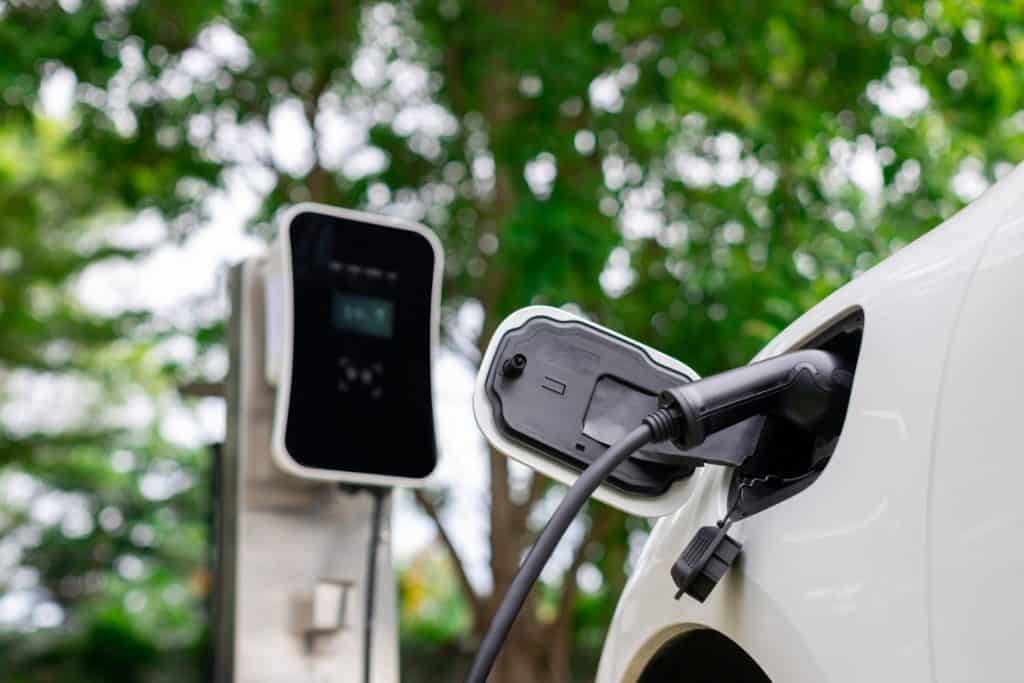
Transportation plays a crucial role in connecting people, goods, and ideas across the globe. However, the environmental impact of traditional transportation systems, primarily fueled by fossil fuels, has raised concerns about air quality, climate change, and overall sustainability. As the world becomes increasingly aware of the need for eco-friendly practices, the transport sector is undergoing a transformative shift towards greener alternatives.
This article delves into the environmental aspects of transport and explores the innovative solutions that are shaping a more sustainable future.
The Carbon Conundrum
One of the primary environmental challenges posed by traditional transportation is the emission of greenhouse gases, particularly carbon dioxide (CO2). Cars, trucks, aeroplanes, and ships burning fossil fuels release significant amounts of CO2 into the atmosphere, contributing to global warming and climate change. The urgency to reduce carbon emissions has sparked a revolution in the transport industry.
Electrification and Alternative Fuels
Electric vehicles (EVs) have emerged as a promising solution to the carbon conundrum. By replacing internal combustion engines with electric motors, EVs eliminate tailpipe emissions, significantly reducing air pollution. Moreover, advancements in battery technology have increased the range and efficiency of electric vehicles, making them more practical for everyday use.
In addition to electrification, alternative fuels such as hydrogen and biofuels are gaining traction. Hydrogen-powered vehicles emit only water vapour as a byproduct, offering a clean alternative to traditional gasoline engines. Biofuels, derived from organic matter, provide a renewable energy source that can be used in existing combustion engines with minimal modifications.
Public Transportation and Active Mobility
Promoting public transportation and active modes of mobility, such as walking and cycling, is another avenue for reducing the environmental impact of transport. Mass transit systems not only reduce the number of individual vehicles on the road but also improve energy efficiency. Cities around the world are investing in efficient public transportation infrastructure, including buses, trams, and trains, to encourage citizens to choose sustainable alternatives.
Walking and cycling, considered zero-emission modes of transport, not only contribute to a cleaner environment but also promote healthier lifestyles. Urban planning that prioritizes pedestrian-friendly spaces and cycling lanes can help create a more sustainable and livable environment.
Smart Technologies and Efficiency
Advancements in smart transportation technologies are playing a pivotal role in optimizing efficiency and minimizing environmental impact. Intelligent traffic management systems, real-time data analytics, and autonomous vehicles contribute to smoother traffic flow, reducing fuel consumption and emissions. Furthermore, innovations like ride-sharing and carpooling platforms maximize the use of existing vehicles, decreasing the overall carbon footprint per passenger.
Challenges and Opportunities
- Electric Vehicle Charging Infrastructure: The widespread adoption of electric vehicles faces a significant hurdle in the need for an extensive charging infrastructure. Developing a reliable and accessible network of charging stations is crucial to address range anxiety and encourage more people to switch to electric vehicles.
- Alternative Fuels Infrastructure: For alternative fuels such as hydrogen and biofuels to become mainstream, a robust infrastructure is required. This includes production facilities, distribution networks, and refuelling stations, which currently face challenges in terms of scalability and investment.
- High Initial Costs: While the operating costs of electric vehicles are generally lower, the upfront cost remains a barrier for many consumers. Government incentives and subsidies are essential to make sustainable transportation options more financially viable for a broader audience.
- Investment in Green Technologies: The development and implementation of new technologies, such as advanced batteries for electric vehicles or the production of hydrogen from renewable sources, require substantial investments. Balancing the economic viability of these technologies with environmental benefits is a critical challenge.
- Job Creation: The transition to sustainable transport opens up opportunities for job creation in industries related to electric vehicle manufacturing, renewable energy production, and the development of green technologies. Governments can capitalize on this potential by investing in training programs and skill development.
- Innovation and Entrepreneurship: The shift towards sustainability fosters innovation in various sectors, creating opportunities for entrepreneurs and startups. Investment in research and development can lead to breakthroughs in technology, further propelling the growth of a green economy.
- Incentives and Subsidies: Governments can play a pivotal role by offering financial incentives and subsidies for the purchase of electric vehicles, the development of charging infrastructure, and the production of alternative fuels. These measures can accelerate the adoption of sustainable transport solutions.
- Regulatory Frameworks: Establishing clear and supportive regulatory frameworks encourages innovation and investment in green technologies. Policies that promote sustainability, such as emission standards and renewable energy targets, create a conducive environment for the growth of eco-friendly transportation.
Conclusion
Transportation is at a crossroads, and the choices made today will shape the environmental landscape for generations to come. By embracing electrification, alternative fuels, promoting public transportation, and integrating smart technologies, we can navigate towards a greener future. Governments, industries, and individuals all play vital roles in steering the transport sector in a direction that aligns with environmental sustainability. As we continue on this journey, it is essential to recognize that sustainable transport is not just a necessity but an opportunity to create a healthier, cleaner, and more resilient world for all.



